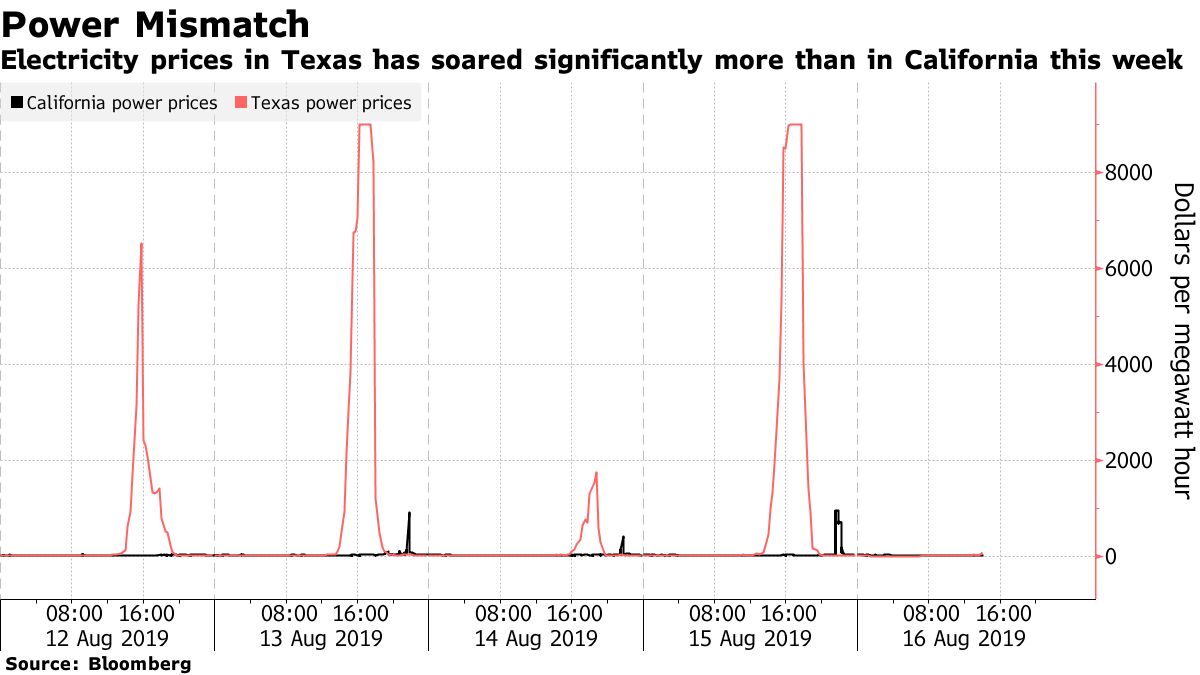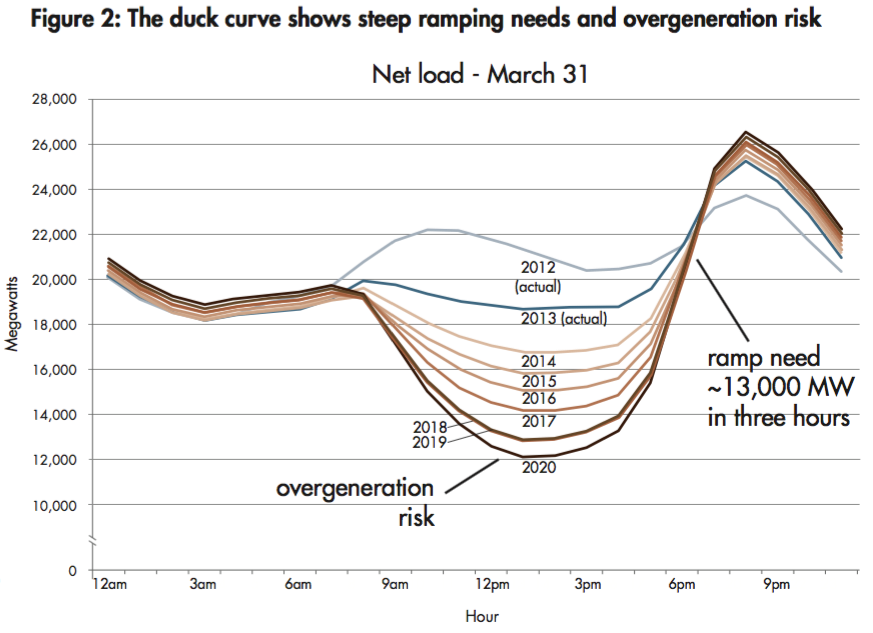ERD50
Give me a museum and I'll fill it. (Picasso) Give me a forum ...
Many distribution lines run along the roadway. There's a potential for less infrastructure build out to the distribution grid. ....
But that's certainly no better in most cases than having the power produced right at a building. After all, the building itself is probably a pretty large power consumer, so the power only travels a hundred feet or so.
So if I'm generous, I might call that 'neutral', but not a benefit.
Regardless, it certainly isn't enough to over come the negatives. And each negative is pretty much a non-starter, right out of the gate (is that redundant?). Just a few to get the ball rolling...
1) Solar panels on a road mean being set at a sub-optimal angle. They will produce less energy than panels mounted on stands on a large flat rooftop. So you are already at a loss, and there is no way to make that up. Why would I want to even consider getting significantly less energy from those panels, unless there were positives that offset that.? It makes no sense. You can stop right there.
2) A road has (wait for it...) cars and trucks driving on it. These cars and trucks shade the panels. Again, that is energy that can never be regained. Why would we put panels in the shade, it's senseless. Again, panels on a large flat rooftop will not have trees or other shade encroaching on them. If you didn't stop at #1, stop now.
3) Covering the solar cells with a material to protect them? Cost, and there will be additional losses, that protective cover cannot be 100% translucent. Again, panels on a large flat rooftop will not have these issues. So why is this even being considered? Stop again.
I could go on and on, but unless someone has something that can even begin to compensate for those losses and costs, it makes no sense at all. And it is a waste, and is counterproductive to meaningful attempts to increase our Renewable Energy capabilities.
Allow me to make a parallel for illustration: A diesel engine can run on bio-diesel fuel quite easily. So suppose I told you I had a new design for a bio-diesel engine. This new design costs much more than the current engines even when mass produced, requires far more maintenance, is larger and heavier, and it will always be less efficient than the current designs, physics dictates it to be so.
Would you want to invest money to build prototypes? Why would anyone, there is not even a hint that this design is better than the alternatives.
But do you say "But we should support bio-diesel, so we should support this"? But why support it in this way, when there are better alternatives for bio-diesel use? It's just crazy. Solar roads are like that.
-ERD50
Last edited:


